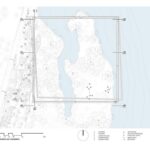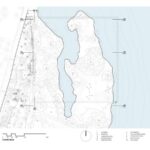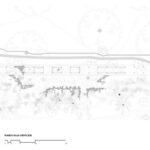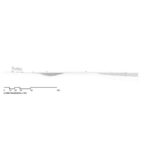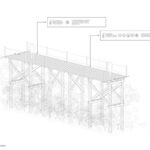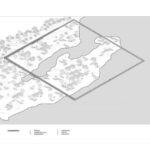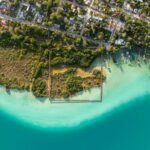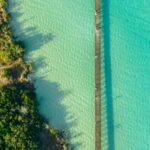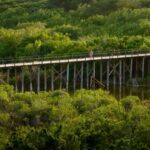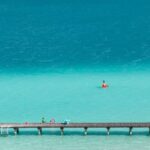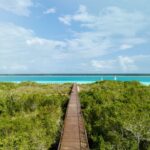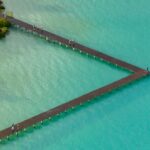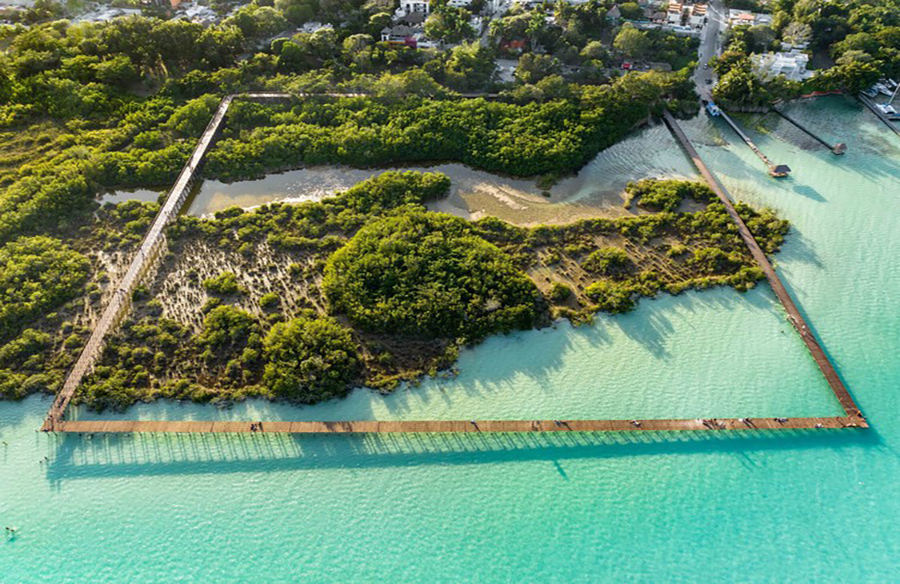
Introduction
Nestled in the picturesque landscape of Bacalar, Mexico, lies the Bacalar Lagoon, home to the largest freshwater bacterial reef globally and a sanctuary for unique biodiversity. Designed by Colectivo C733, the Bacalar Eco-Park stands as a testament to sustainable architecture and environmental stewardship.
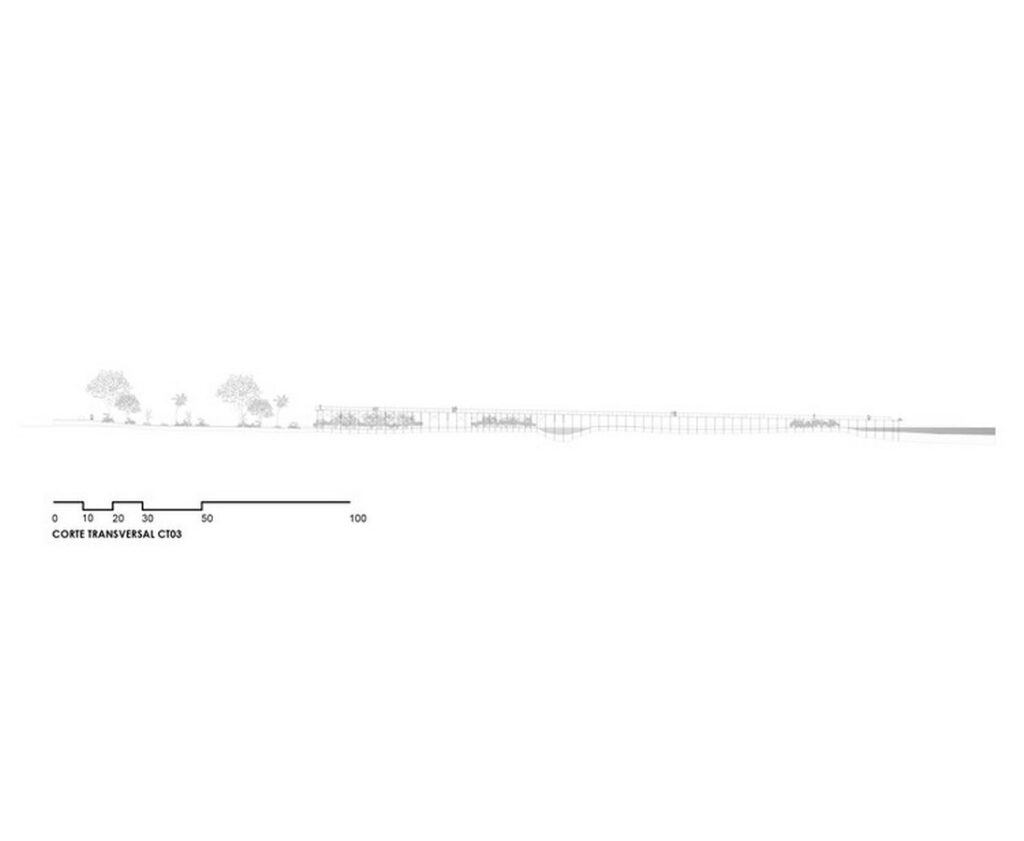
Protecting Fragile Ecosystems
The Bacalar Lagoon, with its living stromatolites and last remaining mangrove, faces unprecedented threats from urban expansion. In response, the project team implemented a strategic approach focused on minimizing the park’s footprint while maximizing its impact on preserving the natural habitat.
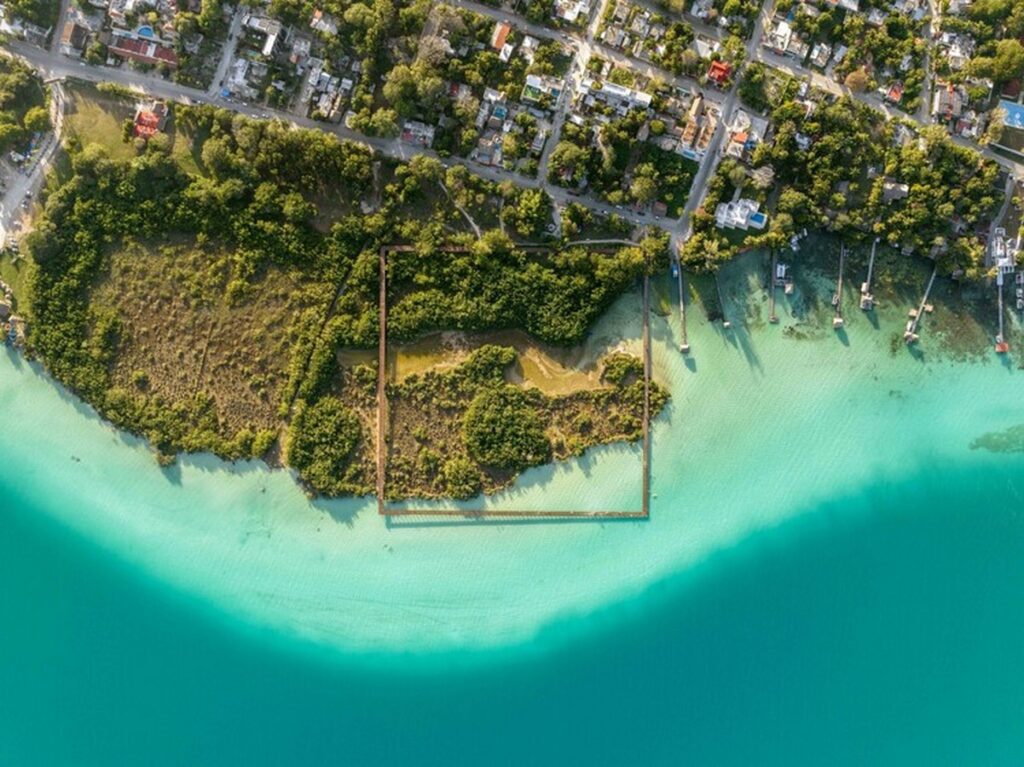
Harmonizing with Nature
A central feature of the park is a square dock meticulously designed to avoid disturbing the mangroves and trees while providing visitors with a serene vista of the lagoon. This structure, constructed with locally sourced chicozapote wood, serves as both a research laboratory and a gateway to the surrounding landscape.
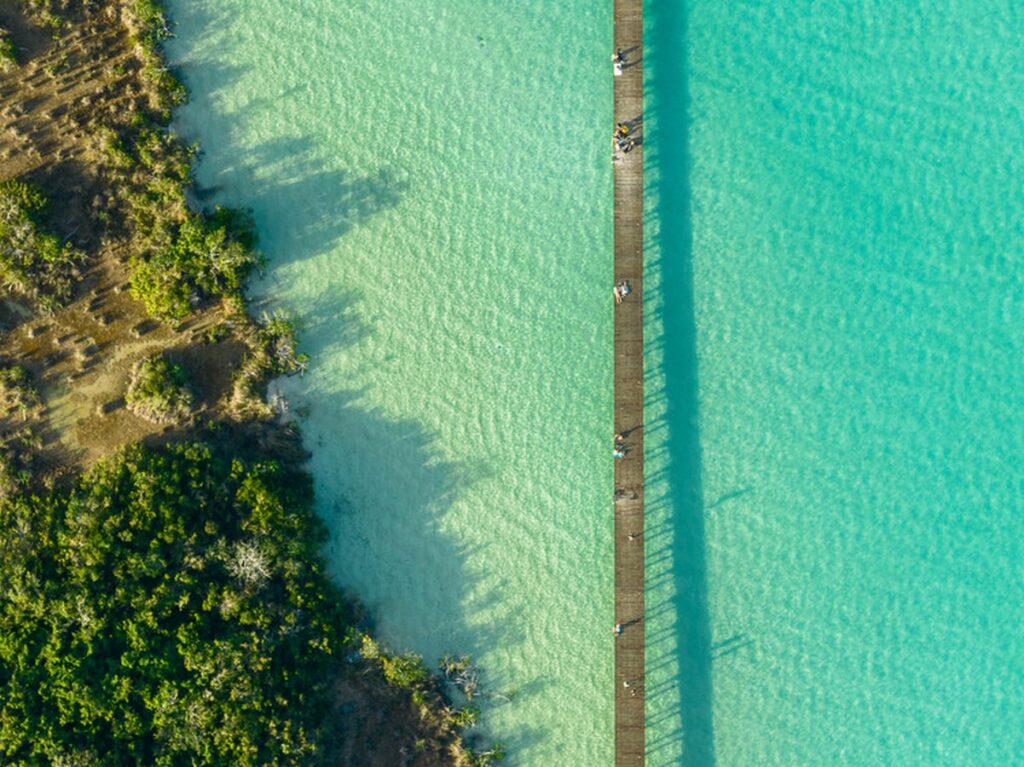
Sustainable Construction
Employing an efficient structural system crafted from certified chicozapote wood, the park blends seamlessly with its natural surroundings. The use of local materials not only reduces environmental impact but also pays homage to the region’s cultural heritage.
Environmental Mitigation
The landscape strategy extends beyond the park’s boundaries, aiming to mitigate water pollution from the village through natural filtration systems and the restoration of degraded mangroves. By integrating rain gardens and natural filters, the project contributes to the ecological health of the entire region.
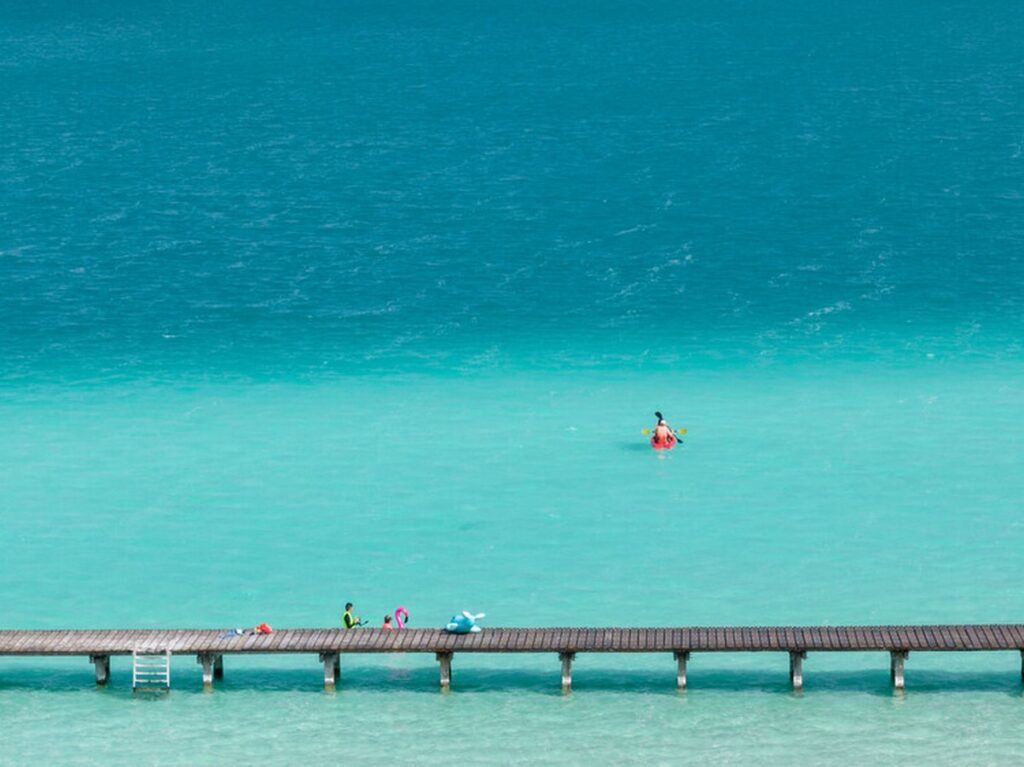
Educational Outreach
In addition to its environmental initiatives, the park serves as an educational hub, featuring scaled museography that traces the area’s biodiversity history over 10,000 years. Through interactive exhibits and educational programs, visitors are encouraged to appreciate and conserve Bacalar’s natural treasures.
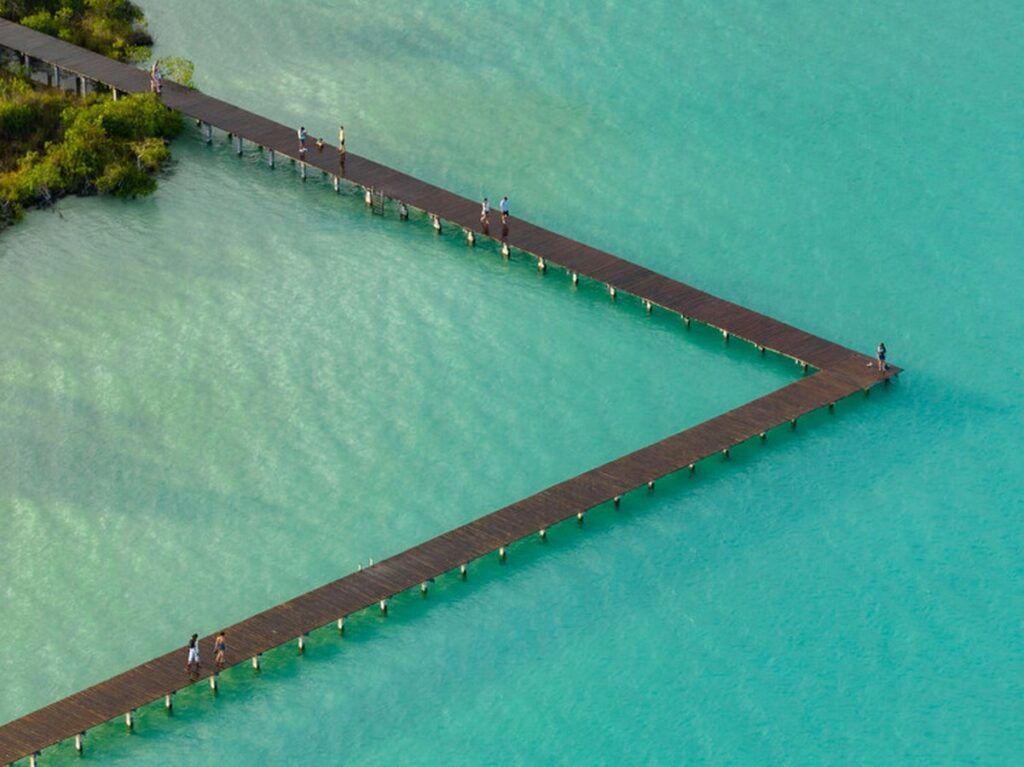
Conclusion
The Bacalar Eco-Park exemplifies a harmonious relationship between architecture and nature, demonstrating how sustainable design practices can protect fragile ecosystems while providing enriching experiences for visitors. By prioritizing environmental preservation and community engagement, the park stands as a beacon of hope for future generations and a model for responsible development in ecologically sensitive areas.


